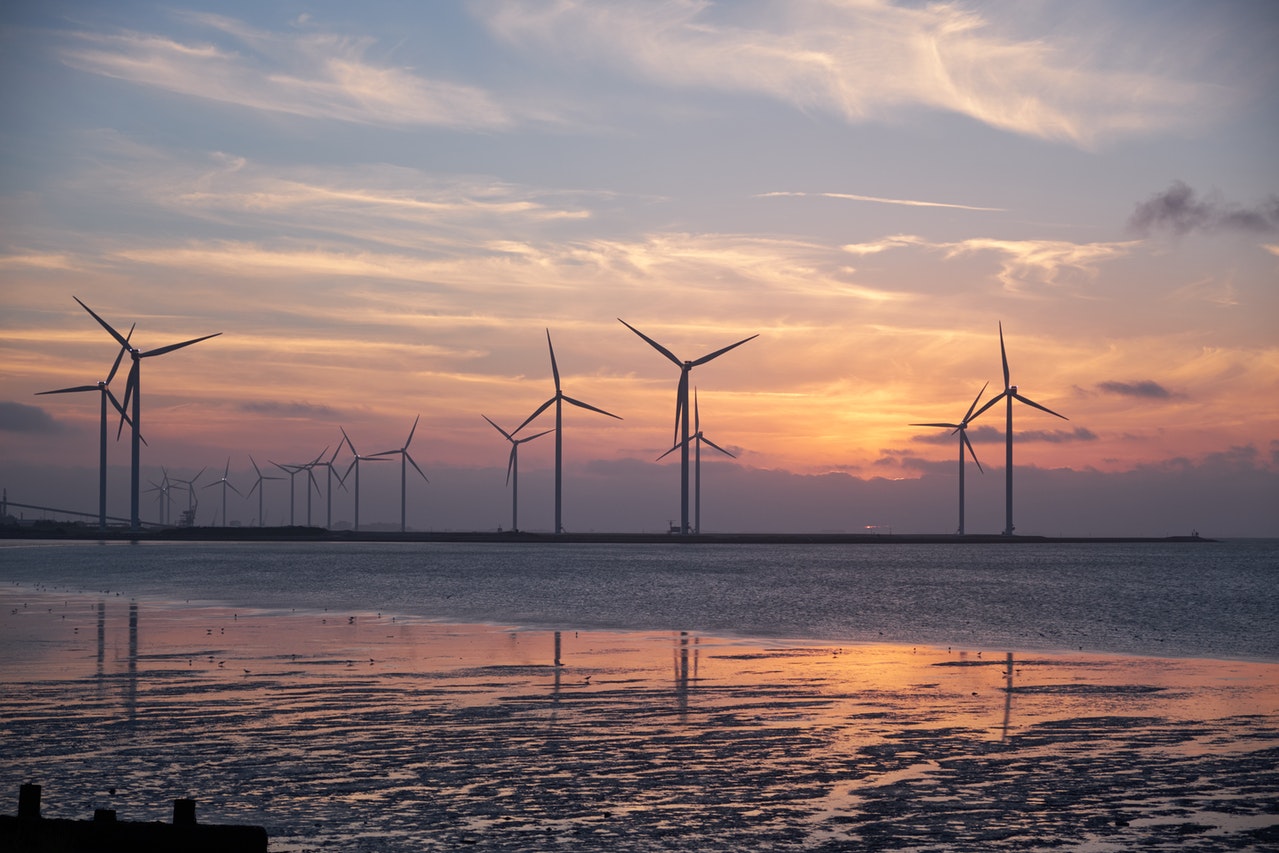Drivers for the Shift to Renewables
Let us explore general drivers to shift from fossil fuel to renewables, and some related disadvantages regarding energy security, reliability, accessibility, and sustainability. These are only high-level thoughts; in this lesson, you will be exploring more about these aspects. It is clear that the primary driver to go from fossil fuel to renewables for electricity generation has been sustainability- specifically the goal to reduce carbon emissions.

Reliability:
As we will explore more deeply in future lessons, the concept of reliability is “being able to depend on” getting the energy you need when you want it. The expectations for this vary around the world. For example, in the developed nations, especially the USA, reliability means having energy “24/7/365.” Any interruption is considered unacceptable, at a minimum for comfort and lifestyle, but, in cases of emergency services, for example, it can mean the difference between life and death. Being able to ensure reliable energy and having a plan to contend with lapses in reliability is often referred to as energy resilience.
We know, however, that there is a difference between the amount of energy required to keep society functioning and the amount of energy desired for discretionary activities. For example, powering a hospital is much more critical than lighting a stadium for a sports event. This necessary minimum amount of reliable energy is called the “baseload” and we will learn more about it in a later lesson. Historically, fossil fuel or nuclear plants provided most of the baseload, with hydropower becoming a key component more recently. Renewables are becoming greater contributors to baseload production but, to-date, they are not reliable enough to supply the baseload without additional generation methods.
Required Reading:
One interesting perspective can be found in this Minnesota based article, Why Transitioning to Renewable Energy Leads to Power Outages.
Accessibility:
Recall this means being able to get energy to your point of use. Having a reliable energy grid is not of much comfort to a person who cannot access it. In developed countries, especially the USA, accessibility is an issue in very remote areas. Even the most impoverished areas in the USA have access to the grid. However, it is important to note that affordability is a subset of accessibility. If you cannot afford to pay for energy, then it is not accessible to you, even if your home is connected to the grid. Interestingly, renewables have a history of providing energy in cases where grid access or affordability has been an issue. These are examples of onsite solar or wind to generate some power over the short term if grid access is disrupted. We are also now seeing movement toward using renewables to satisfy a portion of energy demand to improve affordability. This will become more widespread as the cost differential between renewables and non-renewables equalizes.
Security:
Here again, distributed energy and renewables, which are more adaptable to site-based production, are becoming desirable over a traditional nationwide grid. We have seen from blackouts over history that disruptions to the grid propagate quickly throughout the system and in a very short time can plunge major areas of the country into darkness. I had the rather unfortunate experience of living in New York City during the 1963 and 1977 blackouts. Both were caused by a very localized problem that quickly spread due to the cascading nature of the grid trying to make up loss of supply. A relatively new concern is the potential for intentional disruption, such as terroristic acts.
Sustainability:
Probably the newest of the four attributes, sustainability drivers for energy have been the underpinning of the rapid expansion of renewable energy across the world. Here we see the greatest of the conflicts- while renewables tend to be the most “sustainable” in terms of environmental impact, they have struggled to become affordable compared to fossil fuels. More importantly, renewables alone cannot yet meet the demand, especially baseload. Until that is possible, through improved capacity to store energy combined with more built capacity, it is unrealistic to expect the energy supply to be 100% renewable in the near future. Renewable energy, such as wind and solar, by virtue of its characteristics, is practical for distributed energy- that is energy produced locally for a limited area, rather than drawing from a regional or national grid, although renewable energy does feed the grid.
